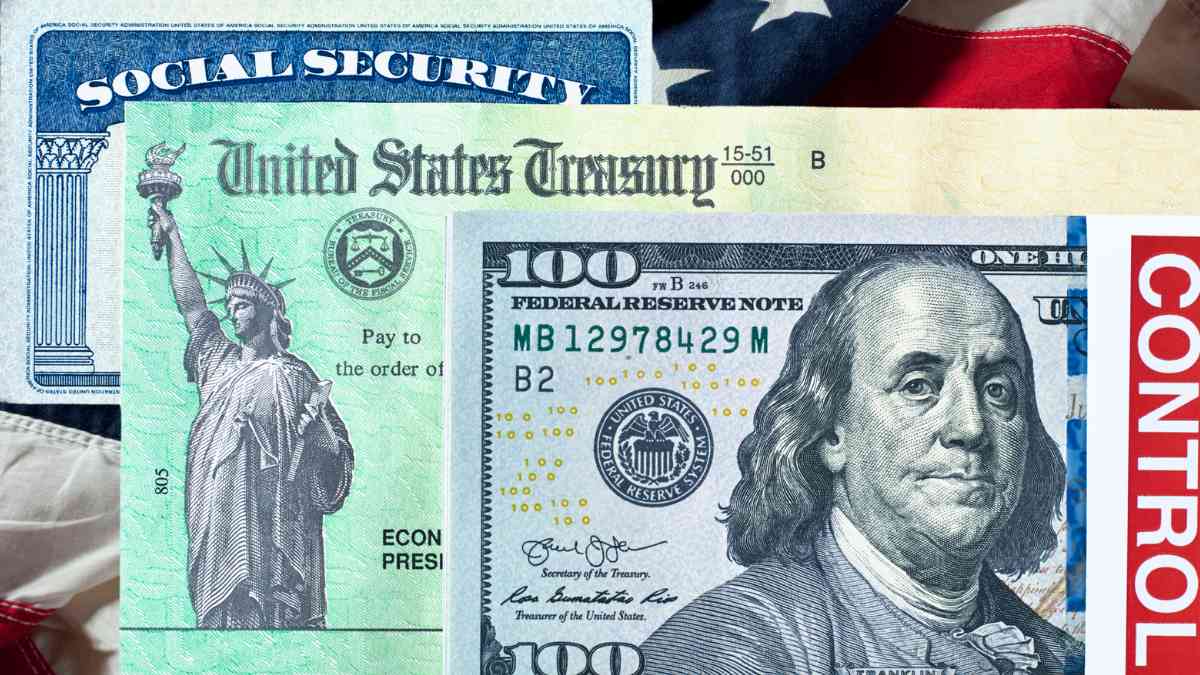In about 2 weeks, the Social Security Administration (SSA) will disburse the first of these double Social Security payments averaging a total of $1,394. Here’s what you need to know about these upcoming payments.
During the first week of August, recipients of Supplemental Security Income (SSI) can expect to receive an average payment of $697. Then, on August 3rd, beneficiaries of the Retirement and Disability Insurance (RSDI) program will receive checks averaging $1,916. Nevertheless, it’s important to note that the exact amount varies depending on each beneficiary’s specific circumstances.
Who can receive a double payment from SSI?
If you get SSI on August 1, 2024, you may also receive an SSI payment on August 30. This is when Social Security has scheduled the SSI payment for September. So, getting 2 payments is possible if you are on SSI.
If you get SSI and Social Security, you may receive a third payment in August. August 3 will be when SSDI or retirement benefits will be delivered. To gain a better understanding of the upcoming double payment, let’s delve into the details of each program and the SSA’s role.
What is the maximum monthly benefit Social Security
The maximum monthly Social Security benefit that seniors can receive depends on the age at which they start claiming benefits:
- If you claim benefits at age 62 (the earliest possible age) in 2024, your maximum benefit would be $2,710 per month.
- If you claim benefits at your full retirement age (between 66 and 67, depending on birth year) in 2024, your maximum benefit would be $3,822 per month.
- If you delay claiming benefits until age 70 in 2024, your maximum possible benefit would be $4,873 per month.
The SSA is a crucial entity within the U.S. government, responsible for administering a variety of social programs. These include:
- Retirement benefits
- SSDI or Disability benefits
- Survivor benefits
- Spousal benefits
In addition to these programs, the SSA also handles the assignment of Social Security numbers and manages the finances and trust funds associated with these benefits.
Since its inception, the Social Security Administration has been dedicated to ensuring the protection and basic well-being of all eligible individuals and American citizens. This commitment is reflected in their continuous efforts to provide timely and adequate benefits to those in need.
Stay informed and prepared for your upcoming payments by understanding how the SSA operates and what you can expect from your benefits.
The upcoming double Social Security payment is set to be distributed in the first week of August, providing some relief to those who rely on these benefits. This payment will be sent to both SSI recipients and retired workers who began claiming benefits before May 1997. On average, retirees can expect to receive around $1,916 in monthly benefits. However, the actual amount can vary significantly based on individual circumstances.
Supplemental Security Income (SSI) Payments
The Social Security Administration (SSA) will be sending out checks of up to $943 to individuals who qualify for the Supplemental Security Income (SSI) program. If you’re part of an eligible couple, you can expect to receive up to $1,415 in monthly benefits. Additionally, SSI recipients who meet the essential person criteria will get an extra $472 added to their monthly benefits.
After the July 1st SSI payment, all recipients will receive their monthly checks of up to $943 for individuals and up to $1,415 for couples on the following dates, August 1 and August 30.
Can beneficiaries switch between SSDI and SSI, and how would that affect their payments?
Yes, beneficiaries can switch between Social Security Disability Insurance (SSDI) and Supplemental Security Income (SSI). This may affect their payments. Here are the key points to consider:
SSDI and SSI have different eligibility criteria:
- SSDI is based on an individual’s work history and the amount they paid into Social Security.
- SSI is a needs-based program for individuals with limited income and resources.
Switching from SSDI to SSI:
- If an SSDI beneficiary’s income and resources decrease to the point where they become eligible for SSI, they can apply for SSI benefits.
- Receiving SSI may result in a lower overall benefit amount compared to SSDI.
Switching from SSI to SSDI:
- If an SSI recipient becomes eligible for SSDI (e.g., due to changes in their work history or marital status), they may receive a higher benefit amount.
- However, the increased income from SSDI may make them ineligible for SSI.
Reporting changes:
- Beneficiaries must report any income, resources, living arrangements, or marital status changes to the Social Security Administration (SSA). These changes can affect eligibility and benefit amounts.
Redeterminations and Continuing Disability Reviews (CDRs):
- SSA periodically reviews beneficiaries’ eligibility for SSI through Redeterminations and for SSDI through CDRs.
- These reviews ensure that beneficiaries are eligible for the programs. They also check that they are getting the right payment amounts.
